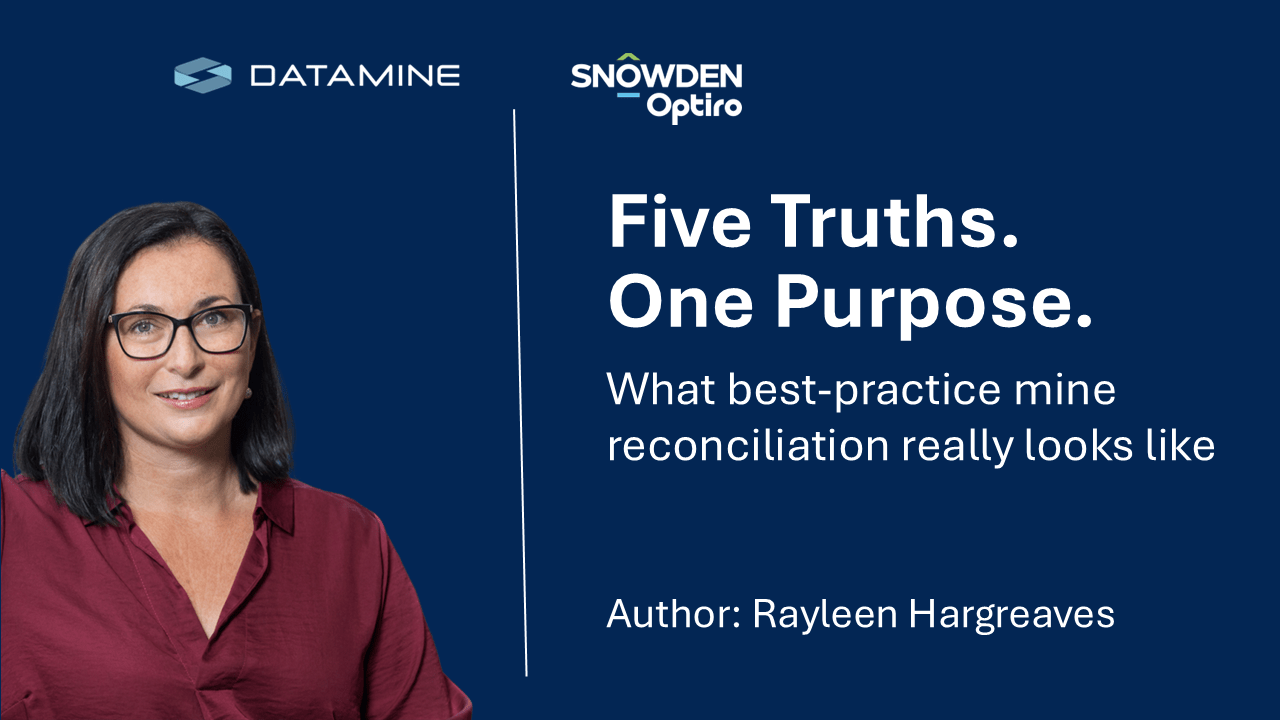

Tarrant Elkington, General Manager and Executive Consultant at Snowden Optiro explores the evolving role of All-in Sustaining Costs (AISC) in mining and proposes a refined approach to improve cost transparency and benchmarking.
In the dynamic world of mining, understanding cost structures is paramount. The All-in Sustaining Cost (AISC) metric has long been the industry standard, offering insights into the expenses associated with mineral production. However, as the industry evolves, so must our tools for evaluation. It’s time to rethink AISC to ensure it reflects the true financial health of mining operations.
Introduced by the World Gold Council in 2013, AISC was designed to provide a more comprehensive and standardised measure of production costs in the gold industry and then more broadly adopted within the mining industry. This metric goes beyond the basic “cash costs” of production to include expenses that sustain a mining operation over the long term.
AISC covers a wide range of costs:

Source: World Gold Council (2018)
By providing a more holistic view of operating costs, AISC helps investors and stakeholders assess the long-term profitability and sustainability of mining operations. However, as with any metric, it is not without its challenges.
Traditionally, AISC curves plot individual mines or companies along the x-axis, ranked from the lowest to highest cost, with the cost per ounce of production on the y-axis. An example, for Australia/New Zealand gold project is shown in Figure 1.

Source: Aurum Analytics (2024)
This arrangement provides a snapshot of the industry’s cost distribution, highlighting which operations are more cost-effective and which are less so. The curve is often divided into quartiles:
While this model has been instrumental in benchmarking and strategic decision-making, it has its limitations—most notably in its treatment of by-product credits.
As often observed on the Money of Mine podcast, a significant challenge with the current AISC calculation is its treatment of by-product credits. According to the World Gold Council, by-product revenues (e.g., copper or silver generated from a gold mine) are deducted from the overall production costs of the primary commodity. While this can accurately reflect the cash costs for some operations, it often leads to distorted results.
In some cases, negative AISC values are reported, where by-product revenues exceed the total costs associated with the primary metal. While this may sound appealing, it can obscure the real cost structure and operational efficiency of a mining operation.
Consider a mining operation with the following annual production and financials. The inputs are shown in Table 2.

Using the traditional AISC formula, we subtract the by-product revenue (copper) from the total sustaining costs:
In this scenario, substantial by-product revenues not only cover all gold production costs but also create a “negative” cost per ounce of gold. Mines with similar characteristics include Cadia (Australia), Ernest Henry (Australia), and Norilsk Nickel (Russia). While these results are technically accurate, they fail to provide a clear understanding of a mine’s operational efficiency.
To better understand a mine’s financial health, I propose a revised metric:
This approach provides a more transparent view of how much of a mine’s revenue is consumed by sustaining costs, offering a percentage that reflects operational efficiency.
Applying the new metric to our example:
This indicates that approximately 35.7% of the total revenue is allocated to sustaining costs. To express this as a per-ounce cost for gold:
Or alternatively if reporting against copper peers:
This method avoids the pitfalls of negative AISC values and gives a clearer picture of the operation’s cost structure.
Implementing this revised metric raises a question about how to measure production on the x-axis of AISC curves. Two potential options are:
My preferred option: I favour using revenue as the measure of production. It simplifies the comparison process, allows for cross-commodity benchmarking, and provides a transparent representation of an operation’s scale and financial performance.
Figure 2 shows an example of the proposed approach.

Advantages of the proposed approach:
What do you think of this proposed approach? Could this revised metric provide a clearer picture of mine efficiency and resilience? How do you feel about using revenue instead of production volume for AISC curves? I’d love to hear your thoughts. Please share your ideas in the comments or send me a message.
Aurum Analytics (2024). Australian & New Zealand Gold Operations: September Quarter 2024. Via LinkedIn.
World Gold Council (2018). Guidance Note on Non-GAAP metrics: All-In Sustaining Costs and All-In Costs
If you want to know more about this topic, feel free to reach out to Tarrant Elkington. You can contact him here.


Subscribe here for our podcasts, technical articles and news
